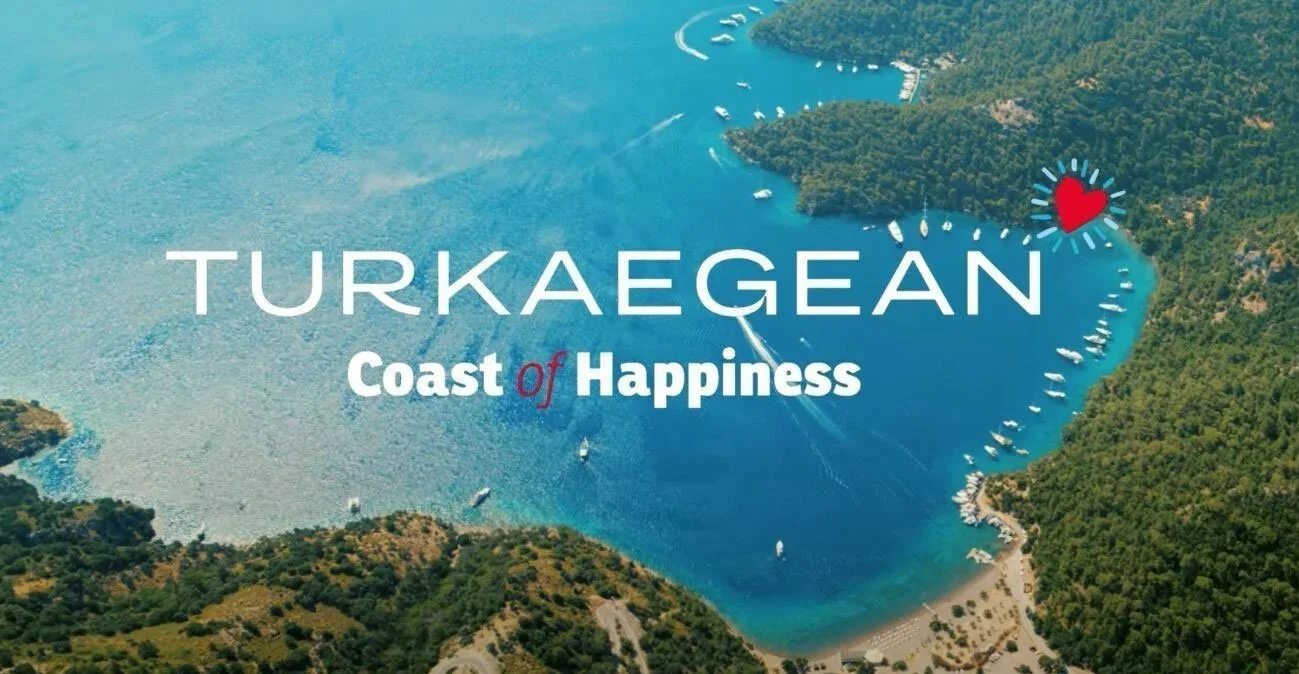ALTHOUGH much of Paros is dominated by the mountain mass of Prophitis Elias (771 metres) it is the rolling mellowness of the surrounding landscape which characterizes the island, especially when compared with the often rugged grandeur of neighbouring Naxos.
Paros has long been famed for its marble, especially the now virtually exhausted seam known as lychnites which, when appropriately lit, has a translucent glow and was much prized in antiquity. Praxiteles (fl. 370-330 B.C.) preferred to work in Parian marble, and its desirability ensured relative prosperity until the end of Venetian rule in the 16th century. The island’s olive trees were also destroyed by the departing Venetians; this, coupled with the loss of direct access to the sculptors of Renaissance Italy, was a double blow for Paros and a long period of decline followed.
The long low capital of Parikia is more attractive than it appears at first sight, with its blue domed churches, narrow whitewashed alleys, brightly painted woodwork, and occasional marble door or window frame, nesting around and sometimes incorporated into the remains of the Venetian kastro (cannibalizing buildings of a previous era is an art at which Paros has traditionally excelled) .This was also the favourite Cycladic haunt of one of the greatest of modern Greeks, George Seferis, the poet, diplomat and Nobel laureate who, according to Lawrence Durrell. claimed that ‘the organization of its Streets Durrell, claimed that 1‘the organization of its streets and squares aspired to the condition of music’. But the harbour itself has become the busiest and best connected in all the Greek islands, and although the fabric and for the most part the tranquil dignity of Parikia’s centre has been well preserved, a zone of often raucous tourist bars and fast-food restaurants (not even proper Greek ones) has been grafted on to it, whilst the outskirts are consumed in the seemingly endless rush to build ever more accommodation. The contrast with Mykonos, where tourism has been carefully subsumed into the old town and its life, is striking.
Otherwise, this island has maintained its pride beneath the considerable weight of tourism. Its principal harbour in antiquity was Naoussa, now of little commercial importance and perhaps the prettiest in all the Greek islands. Fishing caiques, chapels, and tavernas, outside which octopus hang to dry, jostle in the animated if nowadays mostly touristic little harbour.










